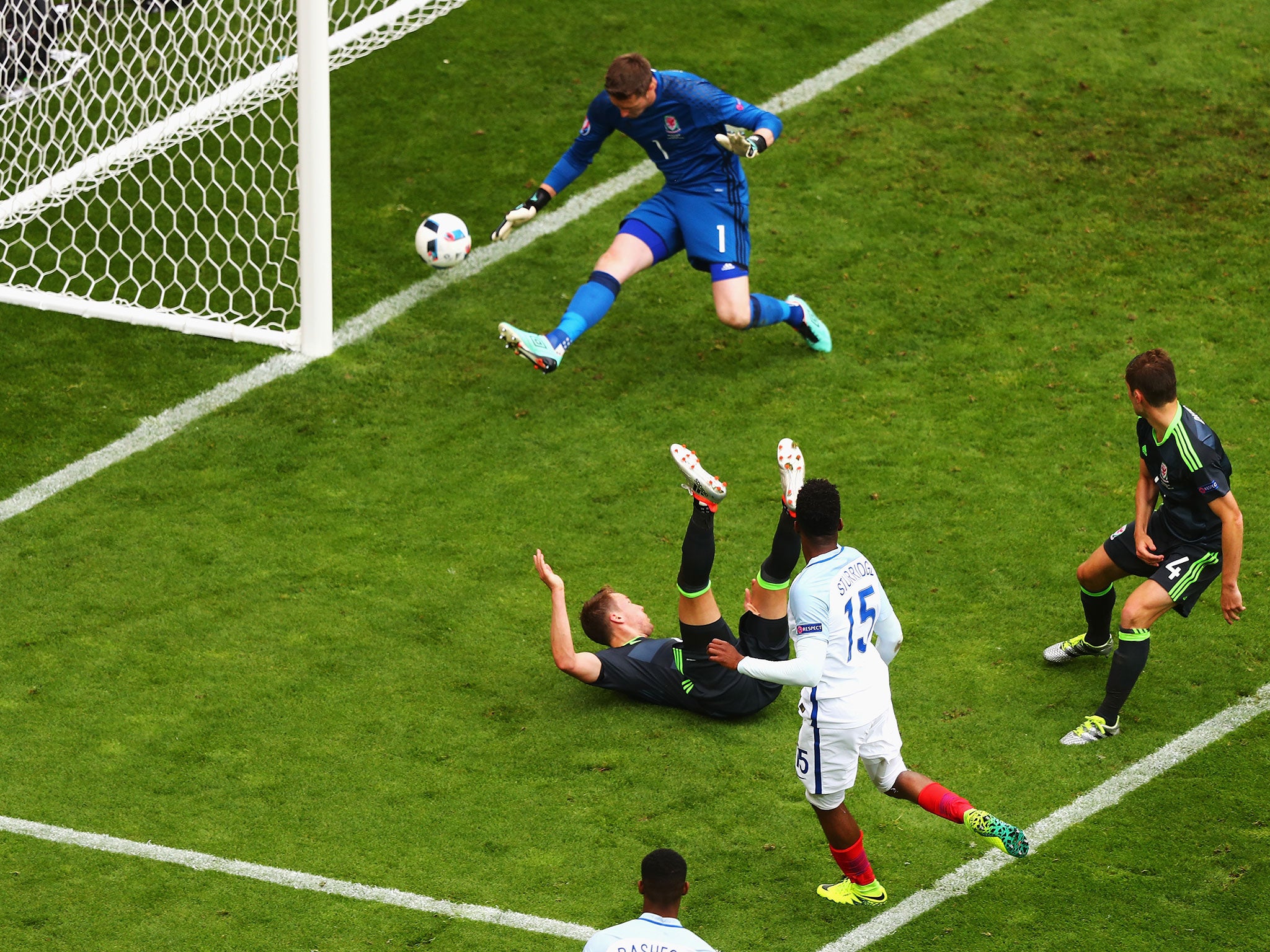Daniel Sturridge and Jamie Vardy changed England approach, explains Danny Higginbotham
Pace in behind made Wales drop deeper

It was Roy Hodgon’s double substitution on Thursday that turned the game in England’s favour. The problem that England had against Russia on Saturday was that they did not get their goalscorers on the pitch and it was only at half-time against Wales, with the addition of Daniel Sturridge and Jamie Vardy, that Hodgson made that right.
Vardy took his goal well but Sturridge’s stoppage-time winner was a brilliant goal, the type of goal that of the whole England squad, only Sturridge could have scored. The key was that he took it earlier than Wayne Hennessey thought that he would. After Sturridge’s first touch everyone expected him to set himself to hit it with his left foot, but he hit it instantly with his right instead, surprising Hennessey and leaving him with no chance. That is what a natural finisher is, and why England need those players on the pitch.
But those two half-time changes also turned the game in a tactical way, the way that gave England the space to score their two goals. In the first half it was too easy for Wales’ defence and midfield to stick together, with Joe Allen and Joe Ledley sat closely in front of the back five. Raheem Sterling and Adam Lallana were meant to be running in behind, but it did not happen enough.
I thought that England were too static in the first half and too many of their players were facing the ball. They could not cause Wales enough problems.
That changed with the substitutions, because Vardy and Sturridge introduced the threat of pace in behind, which changed the way Wales played. Suddenly the back five were anxious about getting caught in behind, which forced them to drop deep and narrow, mainly playing across the width of their 18-yard box.
But Allen and Ledley, who was then replaced by David Edwards, did not want to drop all the way back too. They wanted to continue to front up to Dele Alli and Wayne Rooney. So there was finally some space between the Welsh defence and midfield, space in which Rooney, Alli and Adam Lallana could pick up the ball on the edge of the box and start making things happen.
The fact that the Welsh back five went so narrow also meant there was more space for England full-backs Danny Rose and Kyle Walker, who were increasingly influential as the second half went on.
It was a change of personnel, rather than formation, that changed the game for England. And it showed that the narrow 4-3-3 can work, as long as they get two genuine strikers, two natural finishers, up front together.
Join our commenting forum
Join thought-provoking conversations, follow other Independent readers and see their replies
Comments